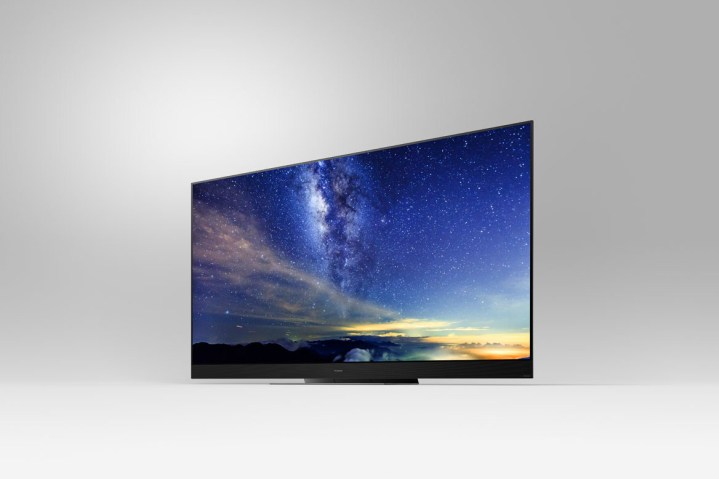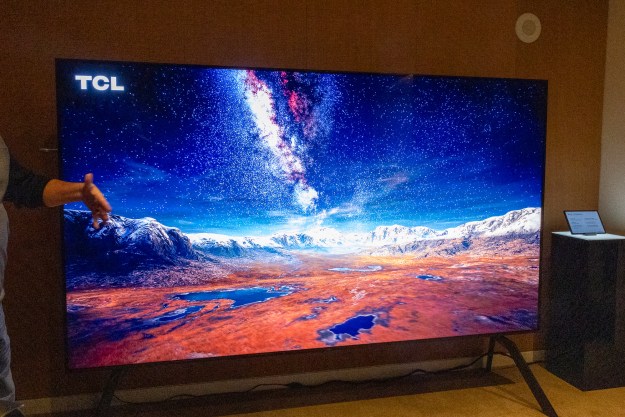
Panasonic, once the undisputed leader in TV quality thanks to its excellent plasma displays, has been all but absent from the American market in recent years. With only LED TV technology left in its display arsenal, after it gave up on plasma, it wasn’t able to compete with the likes of LG and Samsung. But Panasonic is using CES to remind us that it hasn’t been twiddling its thumbs, and is actually making significant strides with OLED. As proof, it’s showing off its brand new 4K OLEDGZ2000, which the company is boldly calling the “world’s most cinematic TV.”
More CES 2019 coverage
- Samsung debuts monster 98-inch QLED 8K TV at CES 2019
- Vizio shakes up its TV lineup, including blazingly bright P-Series Quantum X
- Samsung’s blistering 219-inch Micro LED TV will cook your eyeballs, blow your mind
- LG’s roll-up OLED TV is every bit as magical as you’ve imagined
Though that title may the subject of debate, what’s undeniable is that the GZ2000, which will come in 55- and 65-inch sizes, does sport two truly unique features: It’s the first OLED-based TV to support both Dolby Vision and the HDR10+ formats for
Panasonic is emphasizing how much work has gone into making sure the GZ2000 differentiates itself from OLED brands like LG and Sony, despite the fact that all of the panels come from the same source. Panasonic has hired Hollywood visual wizard Stefan Sonnenfeld to collaborate with its own in-house engineers on the “bespoke Professional Edition
On the audio side of the equation, Panasonic looked to its team of Technics engineers to tune GZ2000’s sound. The team embedded Technics’s proprietary JENO Engine, which it claims provides a more accurate, refined sound.
If there’s a weak spot in Panasonic’s triumphant return, it may be the GZ2000’s so-called smart TV interface. Without a powerful OS like LG’s WebOS, Samsung’s Tizen, or even
Despite this lack of an advanced OS, the GZ2000 includes support for
There’s no word yet on pricing or a release date, but we think it’s likely that the GZ2000 will occupy the top price points for
Editors' Recommendations
- What we want to see from the next Apple TV 4K
- Samsung’s new 98-inch DU9000 4K TV is just $4,000. Can it beat TCL and Hisense?
- Vizio’s first 86-inch 4K TV is coming soon, for $999
- Belkin drops a $50 mount for iPhone video calls on Apple TV 4K
- If you don’t see CBS in 4K on YouTube TV, try this




